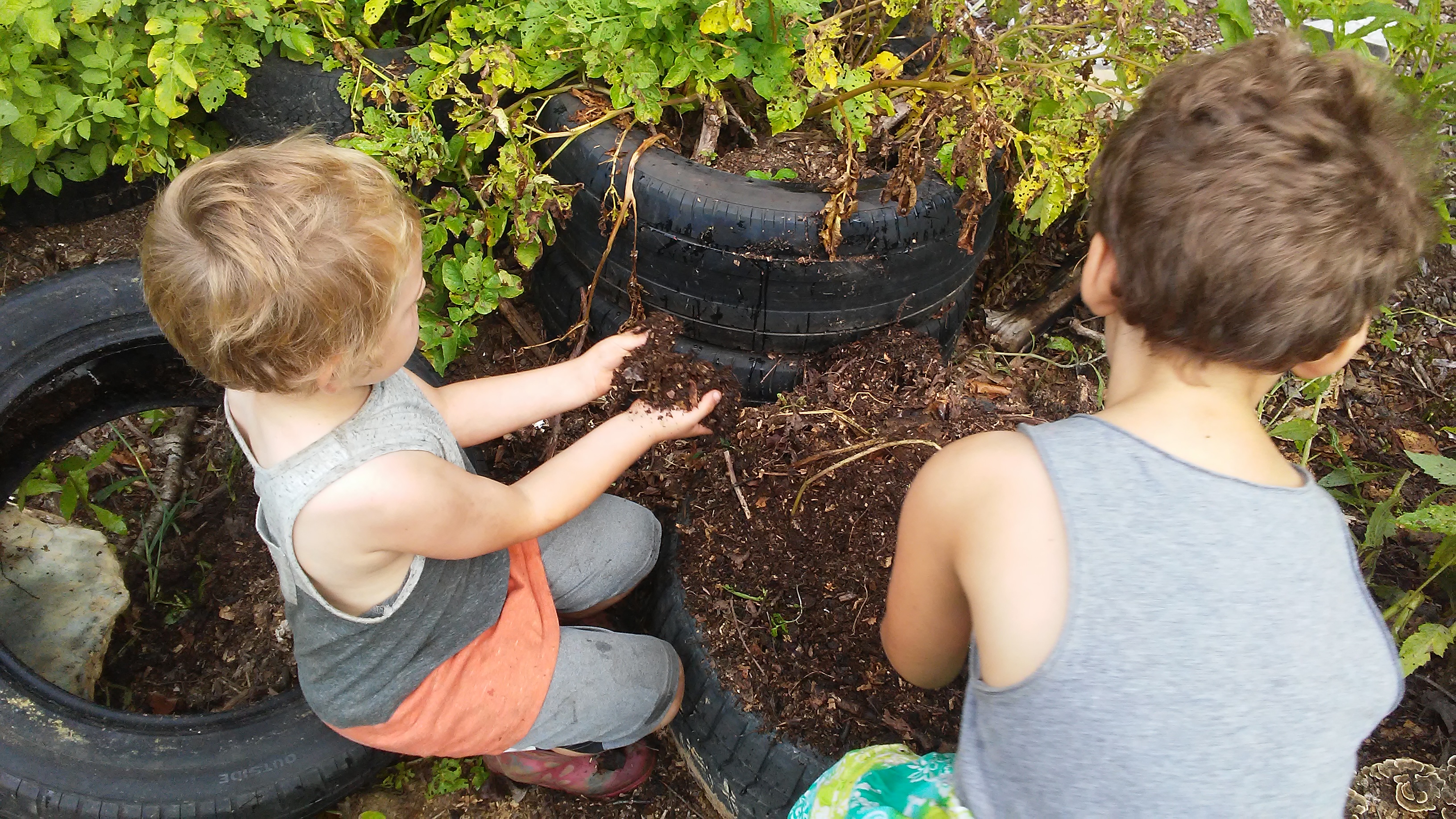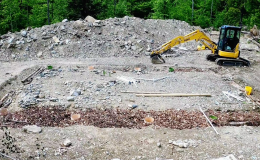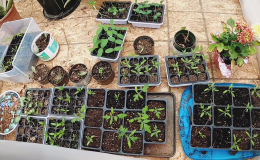What is Permaculture?
- By : Sarah
- Category : Food Forest, Gardening, Herbs, Land, Materials, Planning and Goals, Soil
- Tags: garden beds, hugelkultur, permaculture

What is permaculture? Broken down into its parts, permanent agriculture. It is a sustainable living methodology including home, garden, and community. According to Bill Mollison, one of the founders of permaculture, it is,
“The conscious design and maintenance of cultivated ecosystems which have the diversity, sustainability, and resilience of natural ecosystems. It is the harmonious integration of the landscape, people, and appropriate technologies, providing food, shelter, energy and other material and non-material needs in a sustainable way.”
The other founder, David Holmgren, has this to say:
“Consciously designed landscapes which mimic the patterns and relationships found in nature, while yielding an abundance of food, fibre, and energy for provision of local needs. People, their buildings and the ways in which they organize themselves are all central to to permaculture. Thus the permaculture vision of permanent or sustainable agriculture has evolved to one of permanent or sustainable culture.”
What permaculture means to me is getting the most yield with the least work and the least amount of damage done to the environment as possible. I want to be able to set up and maintain my land and still have time for my children. I want to teach them to grow their own food without chemicals, but by using nature to maintain the system. I want to have more food than we will ever need so that we never go hungry and have food to share. The first few years, I have often heard 5 years as the magic number, will be a lot of work. Designing and putting together a system like this is not quick and easy. Taking the time to take in all that is around you and use what you have to build the system takes time. Building without spending a ton of money takes more time and thought than if you just went out and bought everything. But once you have a basic system established, the system should thrive, even if you neglect it some. That is the whole idea of using nature as a role model and working with nature rather than against it. Make it easy for nature to take over and it will. Things will grow if you give them what they need. This goes for plants and animals. Give animals a food source and you won’t have to constantly feed them. You won’t have to clean up after them as you would on a traditional farm because there is no waste in nature. Redirect the “waste” and put it to good use. Everything has a use and all needs can be provided for within the systems you create.
Permaculture goes beyond just your happy little homestead. Get involved in a community. If everyone keeps to themselves then most of us would never even know what permaculture was. Get out there and share your ideas and time and find others who are interested in what you are doing. People need help getting the work done and you need the help to learn about what they are doing. There is so much available because so many people are out there sharing and getting together to get things done. Keep things going and get out there and find everything and everyone you can who has any interest in permaculture.
I will be going into more detail regarding the different principles of permaculture over the next few months.
Subscribe below to stay tuned!
This post is part of my food forest page.
Here is a reading list if you are interested:
Gaia’s Garden by Toby Hemenway
His website is The Center for Pattern Literacy
Introduction to Permaculture by Bill Mollison
Permaculture: A Designer’s Manual by Bill Mollison
Permaculture: Principles and Pathways Beyond Sustainability by David Holmgren
His website is Holmgren Design



No Comments